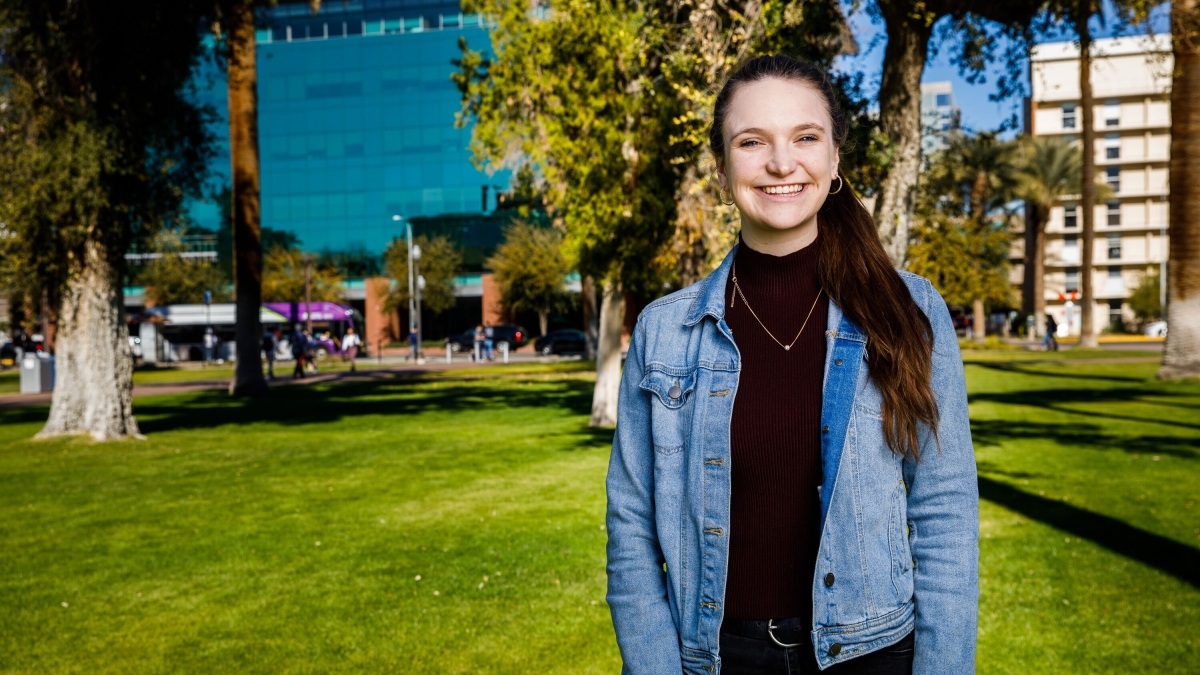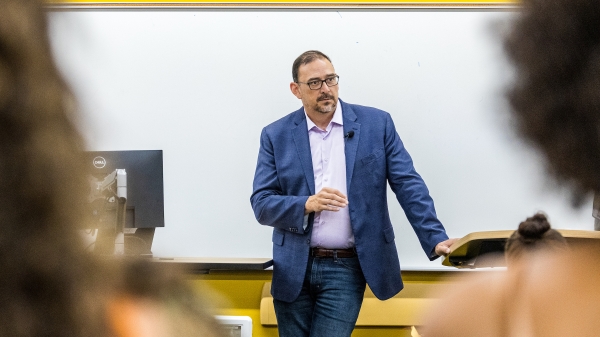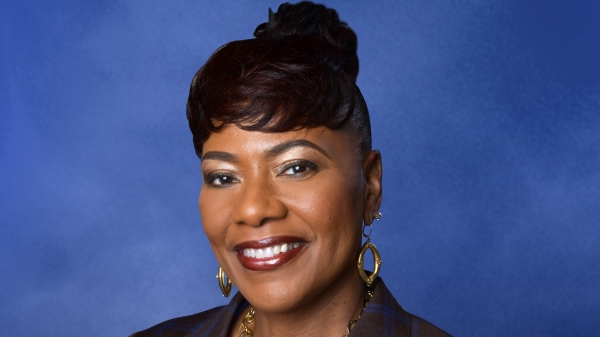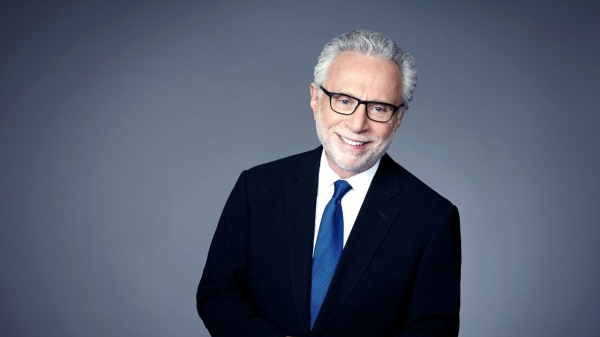Fueling curiosity by making information available to a more diverse audience

Maddie Arnold.
Editor's note: This story is part of a series of profiles of notable fall 2020 graduates.
Scientific research doesn’t come in layman’s terms. It’s up to science communicators to take that research and break it down into something that everyone can understand. Maddie Arnold sees the importance of that role. That’s why she got involved in science communication. She wanted to make information more accessible to the public.
“Science fuels the curiosity that connects us all and is a fundamental element of humanity,” said Arnold. “Research is often publicly funded, and people deserve to understand the research to which they contribute. I realized that in order to write about that research, I should learn more about the research process.”
Arnold is doing just that and becoming more well-versed in telling stories about research by earning a Bachelor of Science in innovation in society from the School for the Future of Innovation in the College of Global Futures.
“Innovation in society is a new field to academic study by name, but the core elements of the program overlap with my values and interests. The idea behind the program is to link social concerns with science and technology. Making education and information available to a more diverse audience is critical to solving complex problems, so I knew that this program would allow me to grow in that thought process.”
Her desire to share information also drew her to journalism. Along with her bachelor’s degree in innovation in society, Arnold is earning a Bachelor of Arts in journalism and mass communication from the Walter Cronkite School of Journalism and Mass Communication. She is also a part of Barrett, The Honors College, and received the Edward J. Sylvester Memorial Scholarship in Science Writing and the Phoenix Press Club Foundation Fund. Arnold has already put the skills she learned in science communication to work as a Pathways Program intern at NASA.
“I worked in the Office of Communication for the social media team. I’ve had the opportunity to write stories, produce videos and lead social media campaigns about a variety of science topics. My favorite projects have been working on NASA’s Curious Universe podcast and leading an outreach campaign for International Observe the Moon Night.”
Arnold will now continue her work with NASA after she graduates, joining the social media team full-time at NASA Goddard.
“I’m over the moon to continue my work with NASA and keep bringing space science research to the public in an accessible way. I'm grateful for the opportunities provided to me by ASU and the School for the Future of Innovation in Society to allow me to see different perspectives and to help me find my place in the world as I start my career.”
Question: Why did you choose ASU?
Answer: I was accepted into the Next Generation Service Corps (NGSC), a program at ASU that allows students to pair their major with a world issue and train in cross-sector collaboration and leadership to make an impact on that issue throughout their college experience. I’ve been working on impacting education inequality through my innovation in society and journalism studies. I’ve learned so much through my time in NGSC and am grateful for the opportunity to be a part of the program.
Q: What’s something you learned while at ASU — in the classroom or otherwise — that surprised you or changed your perspective?
A: In May of 2018, I traveled to Samoa with the SolarSPELL initiative. I helped collect monitoring and evaluation interviews from Peace Corps volunteers and helped train those volunteers and local teachers on how to use the SolarSPELL digital library. What this has accomplished is amazing. It has brought accessible, localized education to resource-constrained areas of the world while helping build digital literacy skills. Associate Professor Laura Hosman and Bruce Baikie, SolarSPELL’s co-founders, changed my perspective with how they were flexible and innovative at every turn. Traveling to Samoa and similar countries with students and implementing new technology in a different culture can be challenging. Watching my mentors handle every challenge with grace and strategy was incredible.
Q: Which professor taught you the most important lesson while at ASU?
A: There are no words to express how grateful I am for Clinical Associate Professor Mary Jane Parmentier and Associate Professor Laura Hosman. Professor Parmentier taught me to slow down, be patient with myself and celebrate small feats, and Professor Hosman taught me that everyone is capable of providing value.
Q: What’s the best piece of advice you’d give to those still in school?
A: Always take the chance, even if you don’t think you’re qualified. And don’t be afraid to ask for help. Overcommitting yourself does not make you stronger or more capable.
More Law, journalism and politics

Arizona secretary of state encourages students to vote
Arizona Secretary of State Adrian Fontes looked right and left, taking in the more than 100 students who gathered to hear him…

Peace advocate Bernice A. King to speak at ASU in October
Bernice A. King is committed to creating a more peaceful, just and humane world through nonviolent social change.“We cannot…

CNN’s Wolf Blitzer to receive 41st Walter Cronkite Award for Excellence in Journalism
Wolf Blitzer, the longtime CNN journalist and anchor of “The Situation Room With Wolf Blitzer,” will accept the 41st Walter…